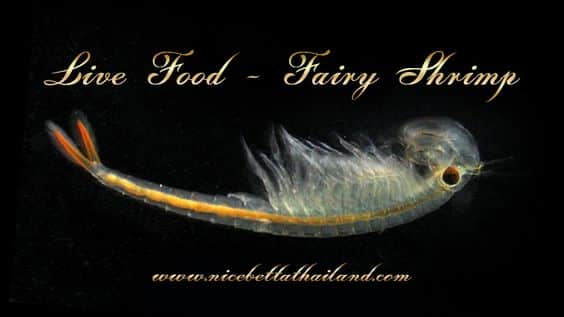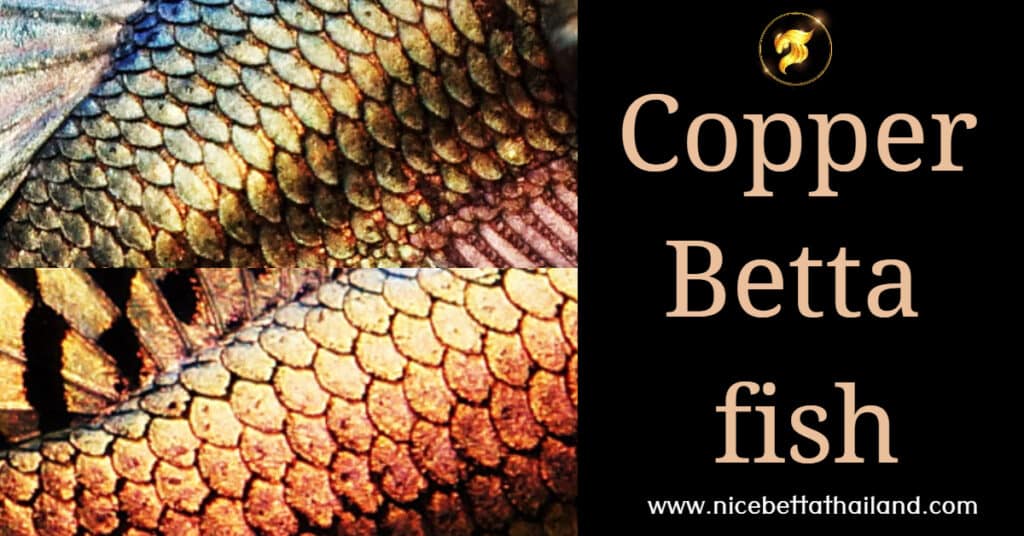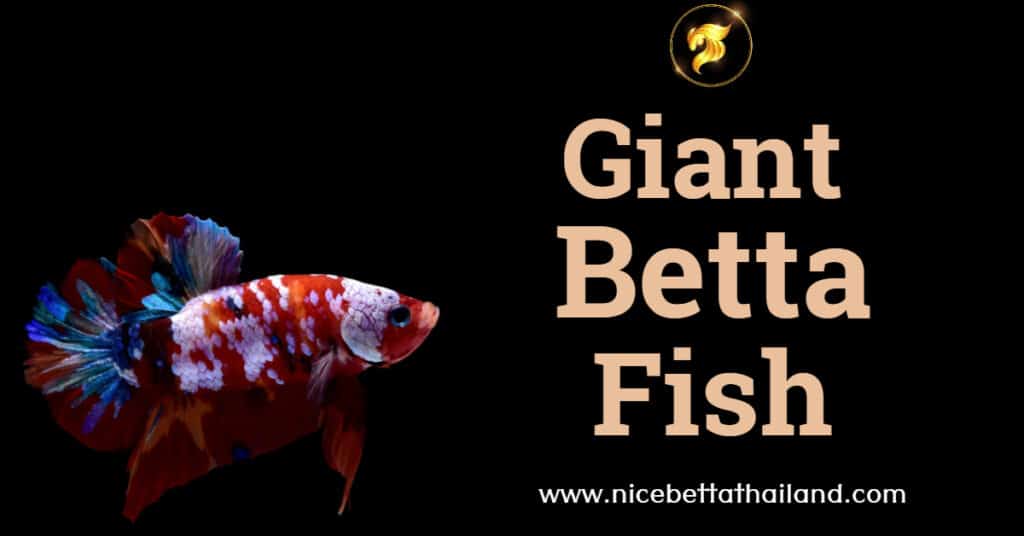Which is the best food for betta fish? The red-tailed fairy shrimp (Streptocephalus sealii) is a freshwater cousin to the popular brine shrimp. Newly hatched fairy shrimp are smaller than newly hatched brine shrimp and are useful for feeding fry that are too small for brine shrimp. Both Thai and red-tailed fairy shrimp eggs can be purchased on-line though Amazon. This blog deals with hatching and raising the red-tailed variety and the care requirements for the Thai fairy shrimp may be different for betta fish
For hatching fairy shrimp eggs, water with a low mineral content is required. The directions that come with the eggs suggest bottled spring water, but 3 to 4 parts distilled or R/O water mixed with 1 part aged aquarium water also works well. Add a small amount of eggs to the water and stir. The water should be stirred again after the eggs have hydrated for an hour or two. No aeration is needed and the hatching container should be well lit and kept at room temperature. Hatching takes about 24 hours and the newly hatched shrimp should be fed to your fry shortly after hatching. Since it is a freshwater culture you can pour the shrimp in with your fry and they will live until eaten. You can also gut load your shrimp by feeding them green water or powdered spirulina algae before feeding to your fry if desired.
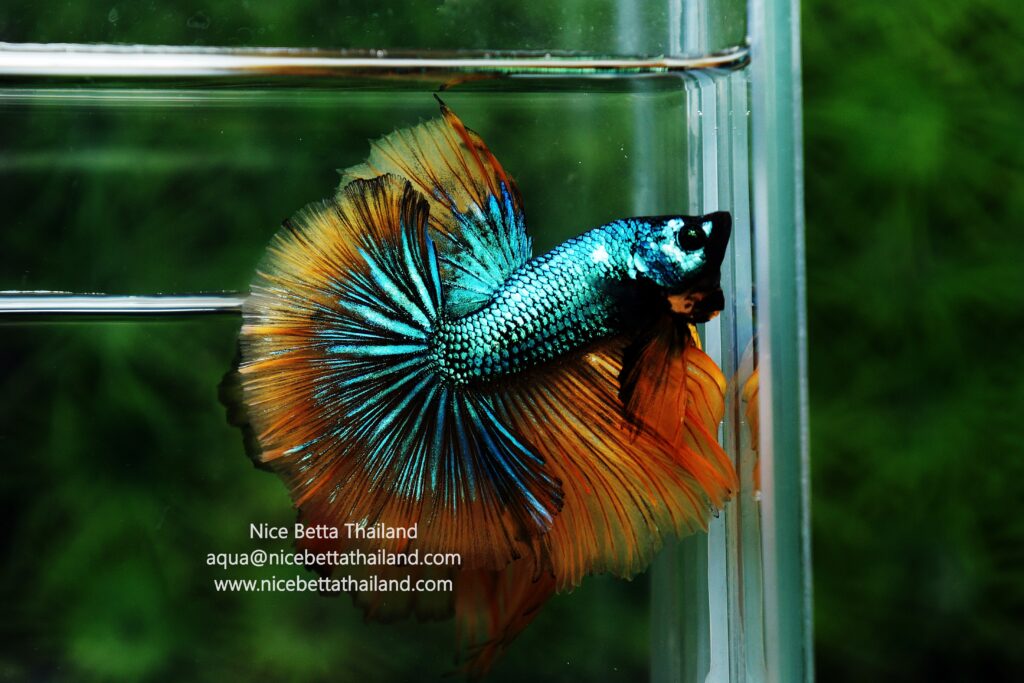
Important for betta fish fry
Because their life cycle requires that the eggs enter a dormant stage by being dried and chilled, they are not suited to a continuous culture. However, it is easy to raise them to adults and collect the eggs. If you plan on raising some fairy shrimp to a larger size then a shallow container with lots of surface area works best. Plastic shoebox containers work well. Fill your container with about an inch of water and add a small amount of eggs. Mix well then mix again in an hour or two. Light the culture with a bright light and keep at room temperature. Once the eggs start hatching you can feed the shrimp. Although the instructions for the eggs say to feed the shrimp with yeast, better growth rates can be achieved using green water or powdered spirulina and these are less likely to foul the water. Add just enough food to tint the water green and repeat once the water clears up. At this point you can add an airstone with a slow airflow to help keep the food suspended. Also adding a few ramshorn snails will help keep the bottom and sides free from algae and settled food.

To maintain your culture, siphon off any debris from the bottom of the container and add back in a little more water than you removed to gradually raise the water level. You can feed any excess shrimp to your fish as they grow. A healthy culture can maintain about 20 adult shrimp per gallon of water. At about 4 weeks your shrimp will start producing eggs and you will see egg sacks on the females. At this point you will want to start saving anything that you siphon off the bottom. Put the siphoned material into a jar and let it settle then pour off the excess water. Continue to collect the eggs until your shrimp die of old age at about 8 weeks. Next pour all the collected eggs into a brine shrimp net and rinse well then allow to dry. Once dry the eggs can be packaged in a plastic bag, labeled, and put in the refrigerator for 3 to 6 weeks after which they will be ready to to hatch.
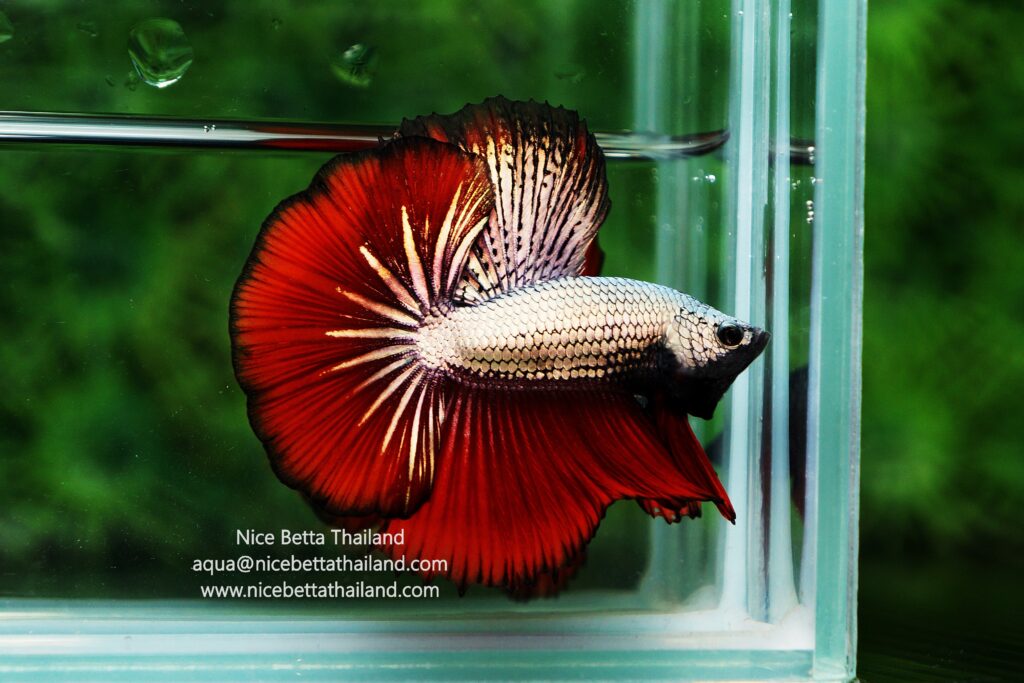
Because the life cycle of the fairy shrimp doesn’t allow for a continuous culture or harvesting mass quantities of eggs, it is not likely to replace brine shrimp as a staple diet for fry. However they do make a good transitional food until fry are large enough for brine shrimp and adult shrimp that are near the end of their life cycle make an excellent conditioning food for adult fish.
So… what do you think? Please leave me a comment.
Looking for Rare betta fish?
If this article Live food or Fairy Shrimp for betta fish was useful to you You can leaving a 5-star reviews for It’s an encouragement. For us make encourage us in our research. Research information about betta fish for to present useful information further

Also we have group talk about betta fish for sale and share any new tip take care information on Web3 socialFi group

Right now we have betta fish doctor help every bettas lover by top breeder in Thailand to cure or share more tip on Animalverse social
If your bettas fish sick or need tip to treat help or join event prize with AVC Token
Let’s join the group many top breeder will help to answers in betta fish community
More tip :
15 Common Betta Fish Diseases Prevention and Treatment
Which best food for betta fish
The most expensive betta fish in the world.
All of Betta Fish A Guide on Patterns, Color in the world


